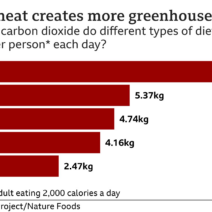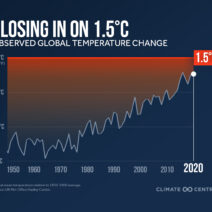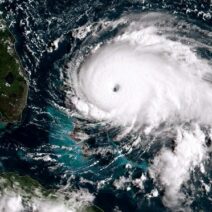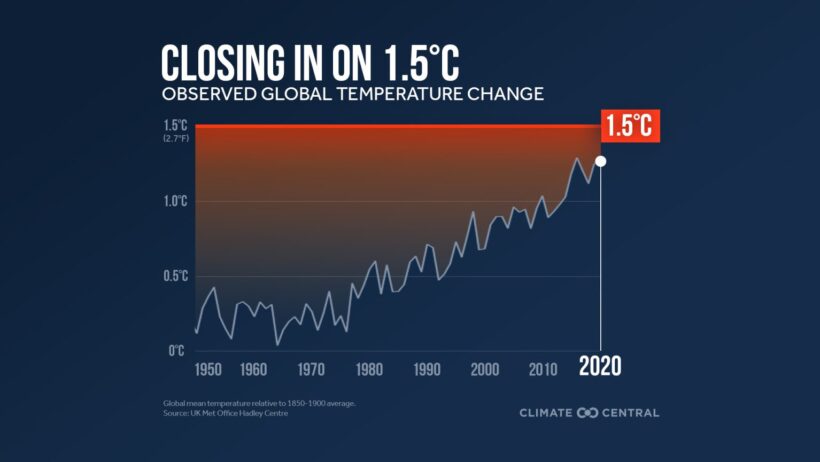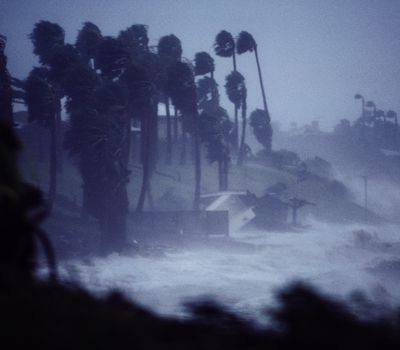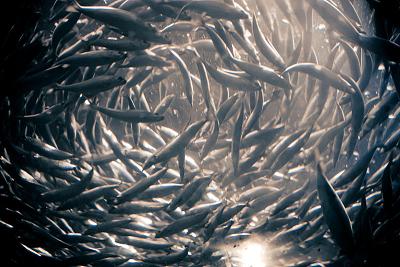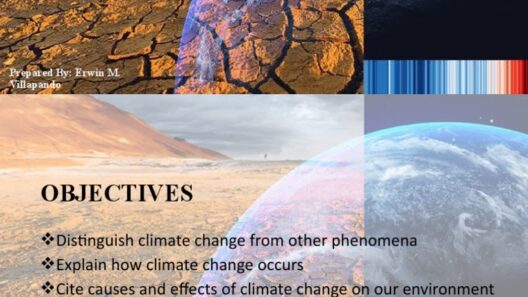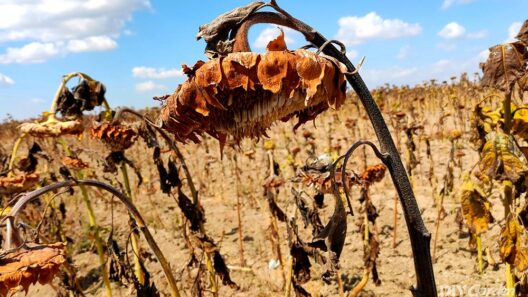As we navigate the complex tapestry of our climate, one phenomenon has recently emerged with increasing prominence: weather whiplash. This term, evocative of a sudden and dramatic change, encapsulates our rapidly changing weather patterns driven by global warming. What constitutes weather whiplash, you might wonder? Perhaps a playful challenge lies ahead: can you recall a time in the last year when the weather dramatically shifted from one extreme to another within a short span? The likelihood is that you’ve experienced this first-hand, underscoring the urgency of understanding how global warming is influencing our climate today.
Weather whiplash refers to abrupt shifts in weather patterns, typically oscillating between extremes—think of heavy rains followed by drought or unseasonably warm temperatures suddenly giving way to frigid cold snaps. This variability is intimately tied to the broader symptoms of climate change and the anthropogenic activities propelling it. As glaciers melt and oceans warm, the atmosphere redistributes heat in unpredictable ways, yielding the surge in oscillatory weather events.
These occurrences can dramatically disrupt ecosystems, agriculture, and even our mental health. The agricultural sector, for instance, is significantly affected by this phenomenon. Farmers depend on predictable weather patterns for planting and harvesting. However, with weather becoming increasingly erratic, agricultural practices must adapt or face crop failures. The ramifications extend beyond loss of yield; they ripple through economies, exacerbating food insecurity and driving up prices for consumers. Have you considered how the kaleidoscopic shifts in weather might influence your grocery bill?
Beyond agriculture, the hydrologic cycle is undergoing a metamorphosis. As temperatures rise, the capacity for the atmosphere to hold moisture increases. Consequently, we see a spike in precipitation in some regions while others grapple with parched conditions. This leads to intense rainfall events that can overwhelm drainage systems, resulting in flooding. Conversely, prolonged drought conditions can lead to water scarcity, straining local infrastructure and resources. Communities are finding themselves facing stark contrasts: while some districts are mopping up after torrential rains, others anxiously await drops of rain.
This dichotomy does not stop at our borders; it is a global issue. Take, for example, the interplay between wildfires and precipitation. Increased temperatures can lead to dry conditions, which create an ideal environment for wildfires. When rain does finally arrive, it can contribute to intense flooding, creating scenarios where even the most resilient communities are beset by natural disasters. An essential point of consideration is the cumulative stress placed on local ecosystems. Plant and animal species accustomed to stable climates may struggle to adapt to this increased unpredictability, threatening biodiversity.
Another aspect worth exploring is the psychological toll of these extreme weather events. The brain’s reaction to uncertainty can manifest in anxiety and stress, particularly among those living in areas frequently affected by weather whiplash. Communities attempt to prepare for atmospheric surprises, resulting in mental fatigue and a constant state of alertness. The ramifications of this predicament may not only affect individual well-being but could also ripple through social structures, contributing to increased tensions in close-knit communities.
In addition to the human experience, we must address the interface between weather whiplash and natural disasters. The changing climate may also serve to exacerbate the quality and quantity of natural disasters, raising the stakes for emergency preparedness and response strategies. Weather-induced disasters require proactive engagement from government entities, non-profits, and community organizations. Yet, the unpredictable nature of these shifts can challenge conventional models of disaster preparedness, necessitating innovative approaches that account for variability.
What lies ahead? It is evident that human-induced climate change is a significant driver of weather whiplash events. However, the possibility still exists to mitigate these effects. One avenue is transitioning towards renewable energy sources, thus reducing greenhouse gas emissions that contribute to global warming. Investments in infrastructure designed to withstand extremes—such as improved drainage systems, sustainable urban planning, and irrigation reengineering—may also alleviate some of these stresses. Such initiatives require collective action and commitment from individuals, businesses, and policymakers alike.
Moreover, fostering awareness at the grassroots level can catalyze broader societal changes. Engaging the public in conversations about weather patterns can galvanize collective action towards environmental stewardship. Understandably, the challenge is multifaceted. Can we rise to the occasion and rally support around these pressing issues? The urgency calls for collaborative strategies that incorporate scientific knowledge with grassroots activism, pushing for advocacy that demands accountability from governments and corporations alike.
Ultimately, the phenomenon of weather whiplash serves as a microcosm for the larger challenges posed by climate change. The unpredictability of our climate system can feel overwhelming, yet within this reality lies an opportunity for renewed commitment to sustainable practices and policies. As we venture into this uncertain future, each of us plays a crucial role—be it through advocacy, education, or advancements in technology. As individuals and as a collective, we have the capacity to transform our responses to these climatic challenges, ensuring we navigate with resilience amidst the breathtaking unpredictability of our changing atmosphere.
